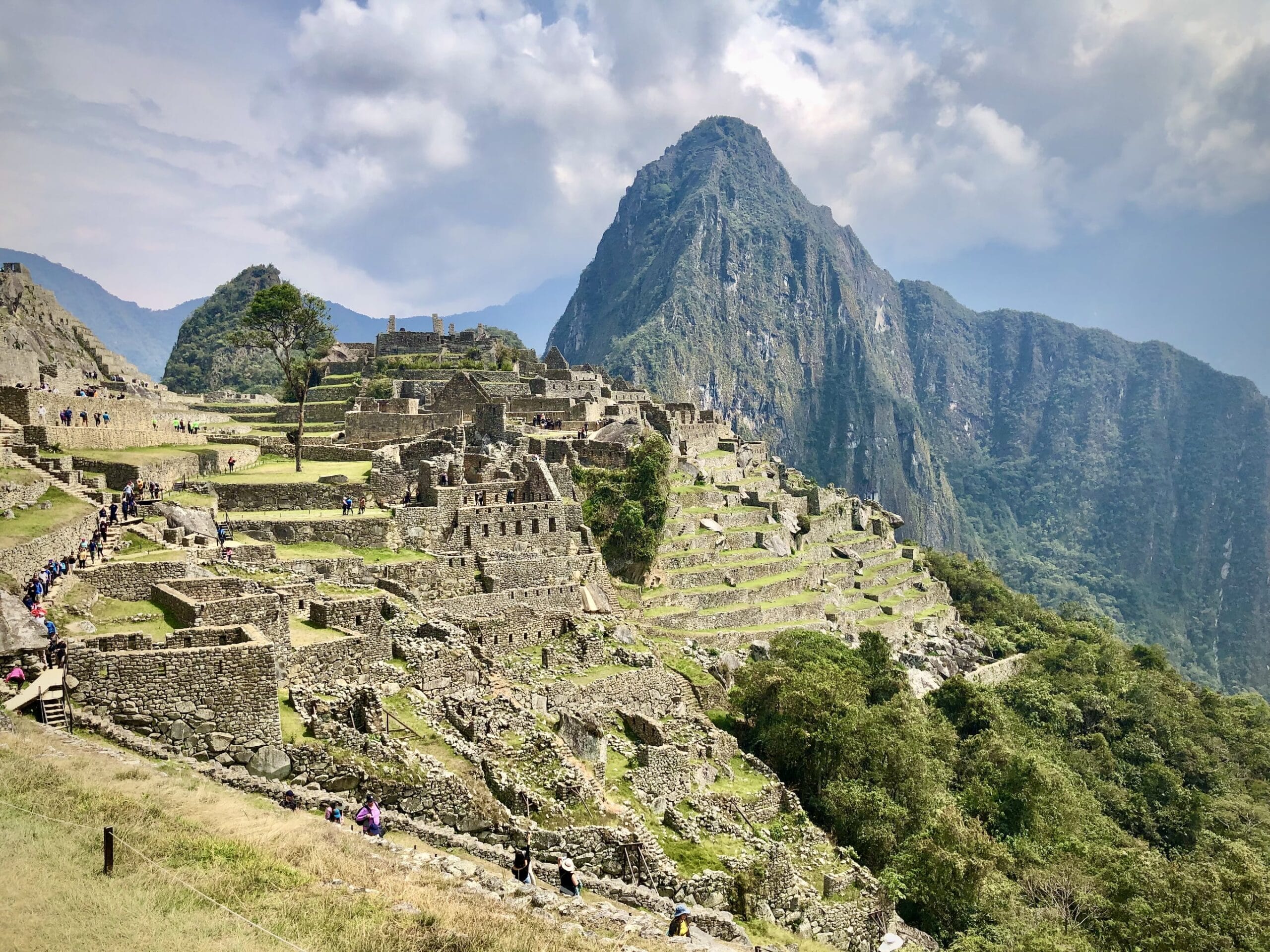Before diving into the detailed itinerary, let’s cover some essential information to help you plan your Peruvian adventure.
Quick Facts About This Trip
- Total Distance: Approximately 1,500 km (930 miles)
- Budget: $100-120 per day (mid-range, not including flights)
- Best Time to Visit: May to September (dry season)
- Transportation: Peru Hop buses, one domestic flight, daytrip transportation, taxis
- Visa: Most visitors get 90 days visa-free
- Language: Basic Spanish helpful, especially outside tourist areas
- Ideal For: Active travelers seeking archaeological sites, natural wonders, and cultural experiences
- Altitude: Ranges from sea level to 5,000m (16,400 ft) at Rainbow Mountain
Overview & Planning Tips
Peru’s diverse landscape offers everything from coastal deserts to Andean mountains and Amazon rainforest. With just two weeks, this itinerary focuses on the country’s southern region, starting in Lima and gradually ascending to higher altitudes, ending in Cusco. This route helps with acclimatization while covering Peru’s most iconic sights, including Machu Picchu and the Sacred Valley.
A few important things to keep in mind:
- Book Machu Picchu tickets well in advance (at least 2-3 months)
- Allow for altitude adjustment as you move inland and upward
- Consider investing in the Peru Hop bus pass for convenient transportation
- Pack for multiple climates – from desert heat to mountain cold
- Be prepared for early mornings, especially for day trips to major attractions
- High-altitude destinations require proper preparation and patience
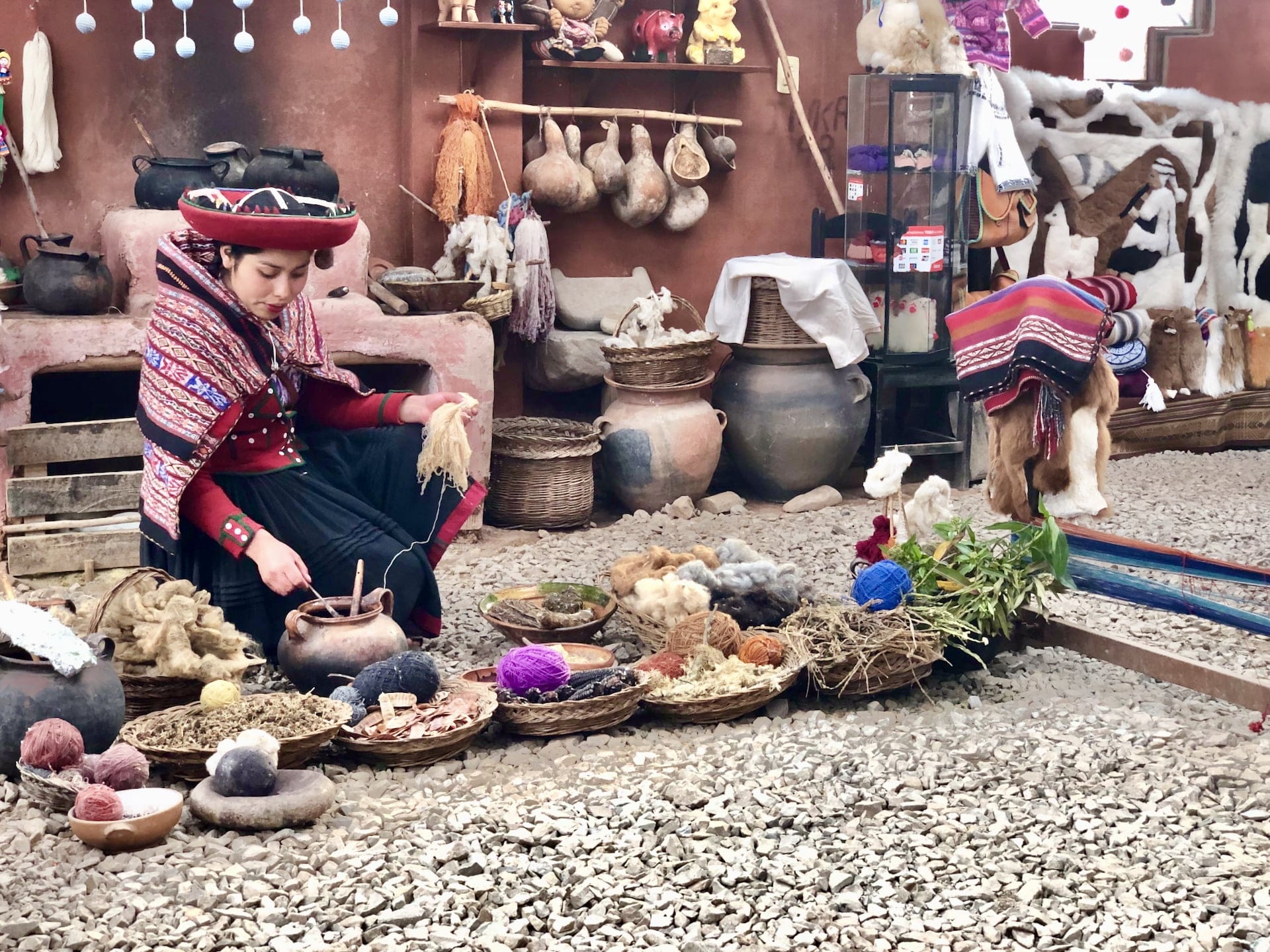
Peru Itinerary at a Glance
Week 1: Coastal Peru & Ascending the Andes
- Days 1-2: Lima – Colonial architecture, museums, and world-class cuisine
- Days 3-4: Paracas & Huacachina – Coastal national park and desert oasis
- Day 5: Nazca – Mysterious ancient geoglyphs
- Days 6-8: Arequipa – Colonial city and gateway to Colca Canyon
Week 2: Lake Titicaca & Inca Heartland
- Day 9: Puno & Lake Titicaca – Highest navigable lake and floating islands
- Days 10-14: Cusco & Sacred Valley – Inca capital, Rainbow Mountain, and Machu Picchu
- Day 15: Return to Lima and departure
Peru is the 19th largest country in the world with nearly 13 million square kilometers, offering an incredible array of attractions. Located south of the equator in Latin America, this country has far too many sights to explore in just two weeks. Unfortunately, that’s exactly how much time we had during our five-week South American journey, with Peru being our second and last destination.
We tried to make the most of our limited timeframe by essentially rushing through all the most popular attractions – this two-week itinerary is definitely not a relaxed, slow-paced travel experience. While we wouldn’t call it ideal, we believe we managed to maximize our experience given the circumstances. So if you also have just two weeks for this amazing country, we confidently recommend our itinerary.
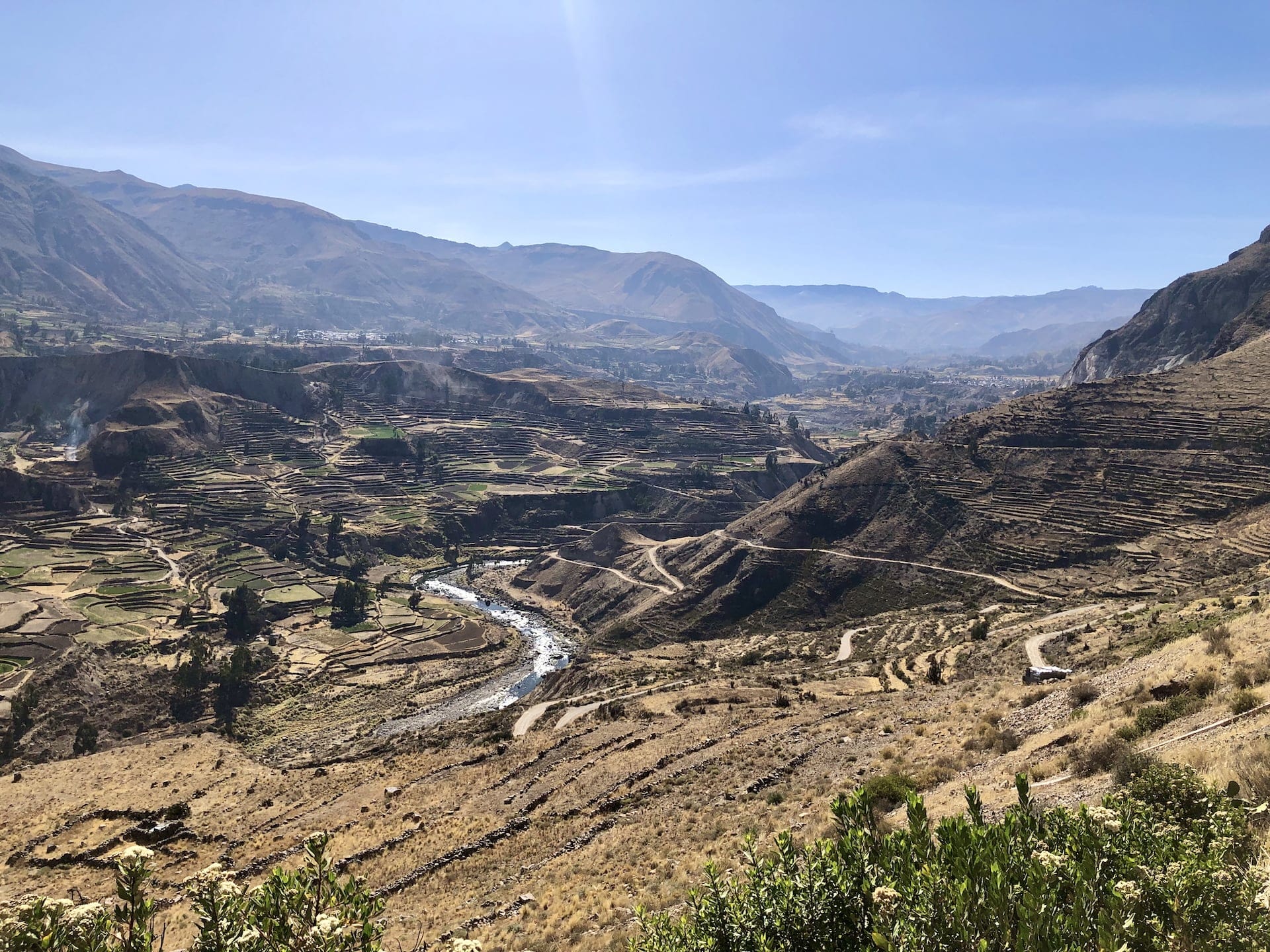
Our route heavily relies on the Peru Hop service, and for good reason. Except for the final flight from Cusco to Lima, we traveled across the country exclusively on their buses, and at each stop, we utilized day trips from local operators for efficiency. This isn’t sponsored content, but we absolutely recommend Peru Hop – even if you plan to spend more time in the country or at individual stops, as they operate with completely flexible schedules. It’s especially advantageous if you need to rush like we did: buses between several stations run at night, saving precious travel days. (Of course, this comes at the expense of not having the most restful nights.)
The itinerary progresses from Lima to Cusco, climbing higher and higher into Peru’s massive mountains. This direction is practical because Cusco sits at an elevation of 3,400 meters (11,150 ft), which can be extremely challenging if you arrive directly from a lower-altitude area – we definitely don’t recommend this approach. If you do choose this route, plan to spend a few days acclimatizing. (The highest point of our trip was at Rainbow Mountain aka. Vinicunca at 5,036 meters or 16,522 ft.)
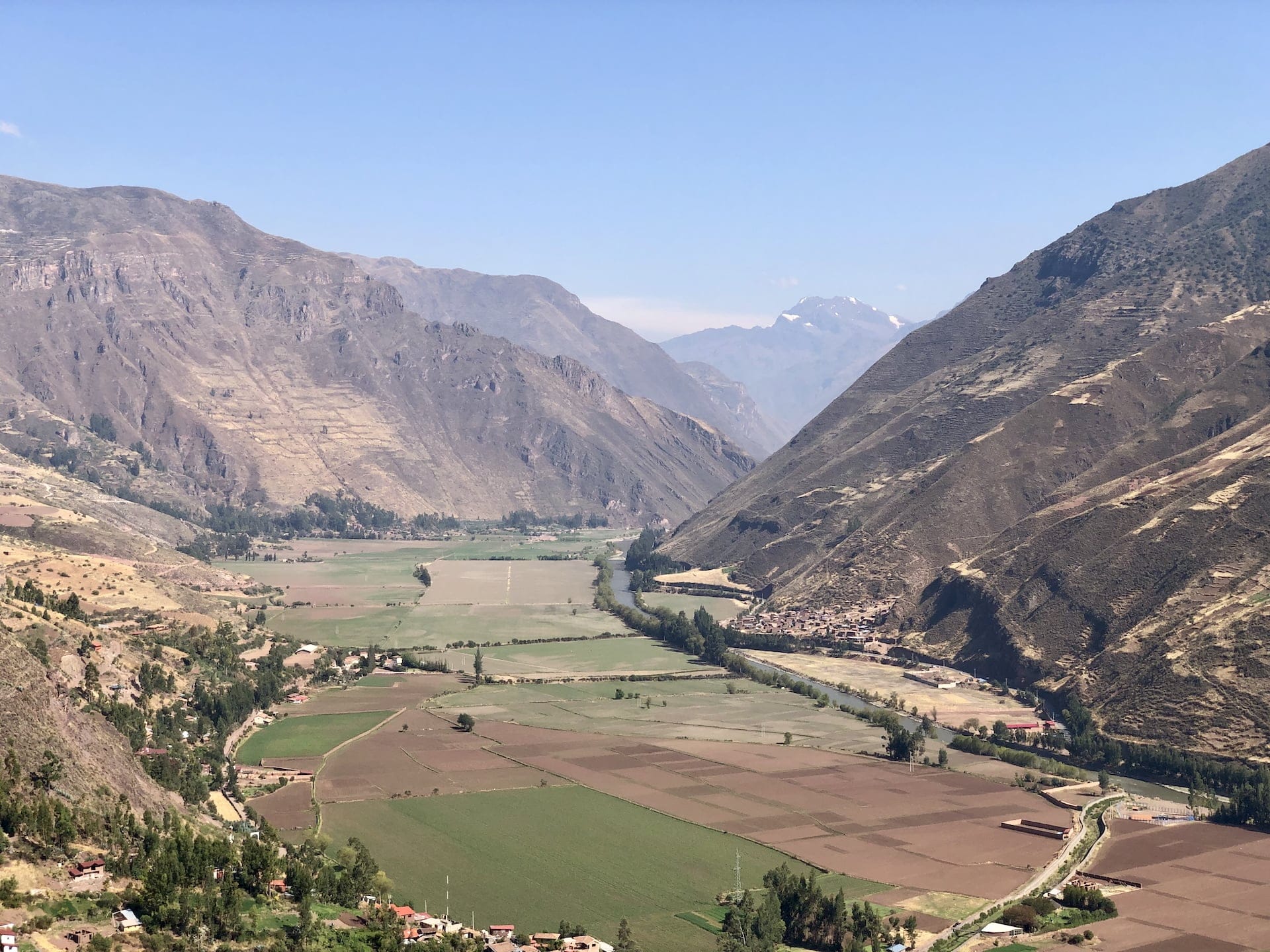
Detailed Day-by-Day Itinerary
Days 1-2 – Exploring Lima
We arrived in Lima from Medellín late in the evening, so we really only spent one full day in Peru’s capital at the beginning of our trip. This is just enough time for the absolute basics at a fast pace.
For the best introduction to Peruvian cuisine, visit the Miraflores or Barranco districts in Lima, where you’ll find excellent cevicherías. Many restaurants offer lunch specials (“menú del día”) that provide great value for experiencing authentic local dishes.
Days 3-4 – Paracas
After our brief visit to Lima, we immediately continued exploring the country. Our first stop was the breathtakingly beautiful Paracas coastline and the Ica region. Here we visited the stunning national park and took a short boat tour.
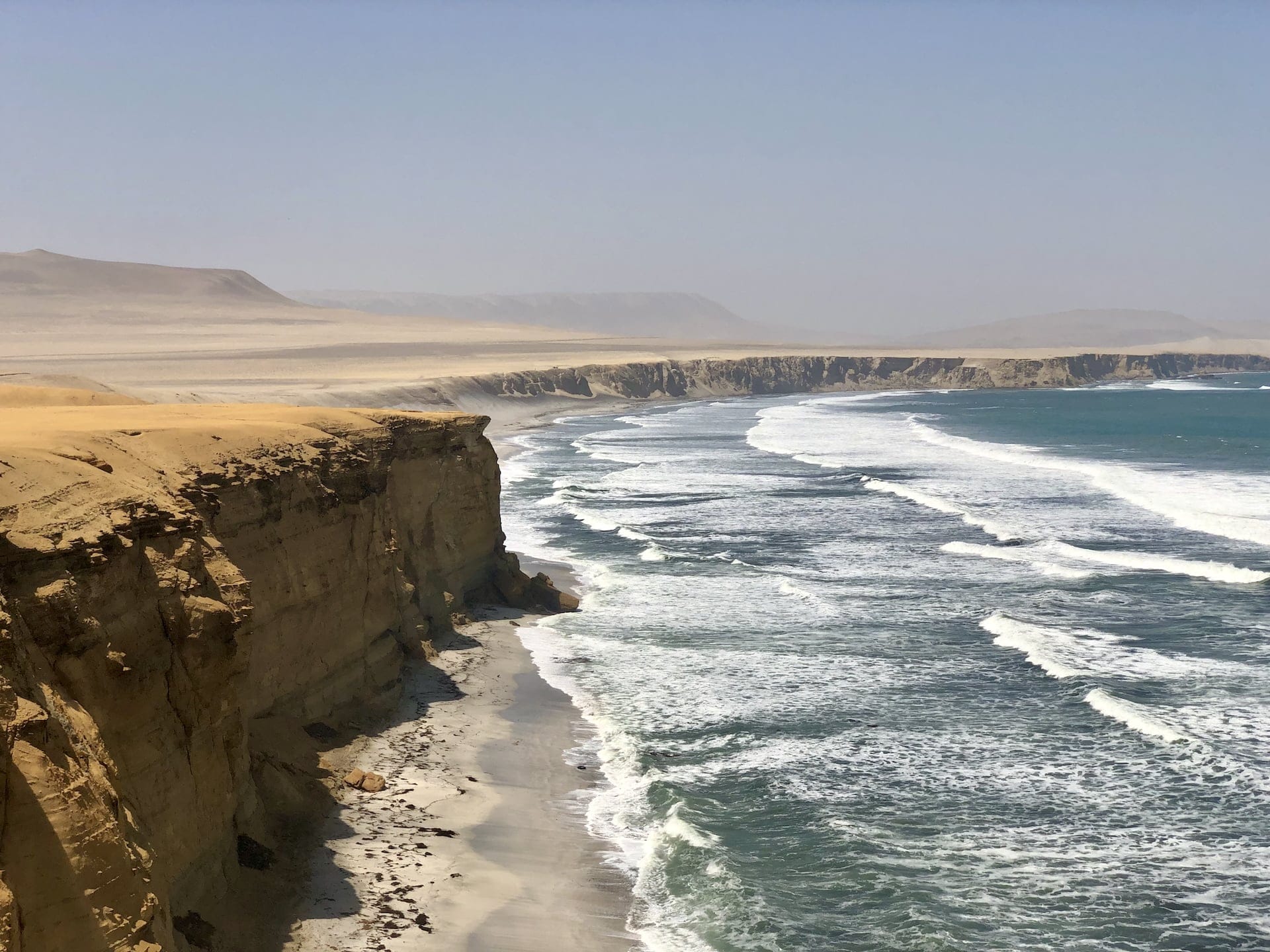
Day 4 – Huacachina
Right next to the city of Ica is this desert oasis, surrounded by massive sand dunes and filled with accommodations, restaurants, and entertainment venues catering to backpackers. The must-do activities here are dune buggy riding and watching the desert sunset.
Book your sand buggy tours for late afternoon (around 4 PM) to enjoy both the thrilling ride and the spectacular sunset from the top of the dunes. Bring a small towel or bandana to cover your face, as the sand gets everywhere during the ride!
Day 5 – Nazca
One of Peru’s main attractions is the Nazca Lines. While not necessarily budget-friendly, it’s definitely worth seeing the lines from an airplane, as this is really the only way to appreciate them in their full glory. The flight itself is short (about 30 minutes), but with waiting time and travel, it actually takes up an entire day.
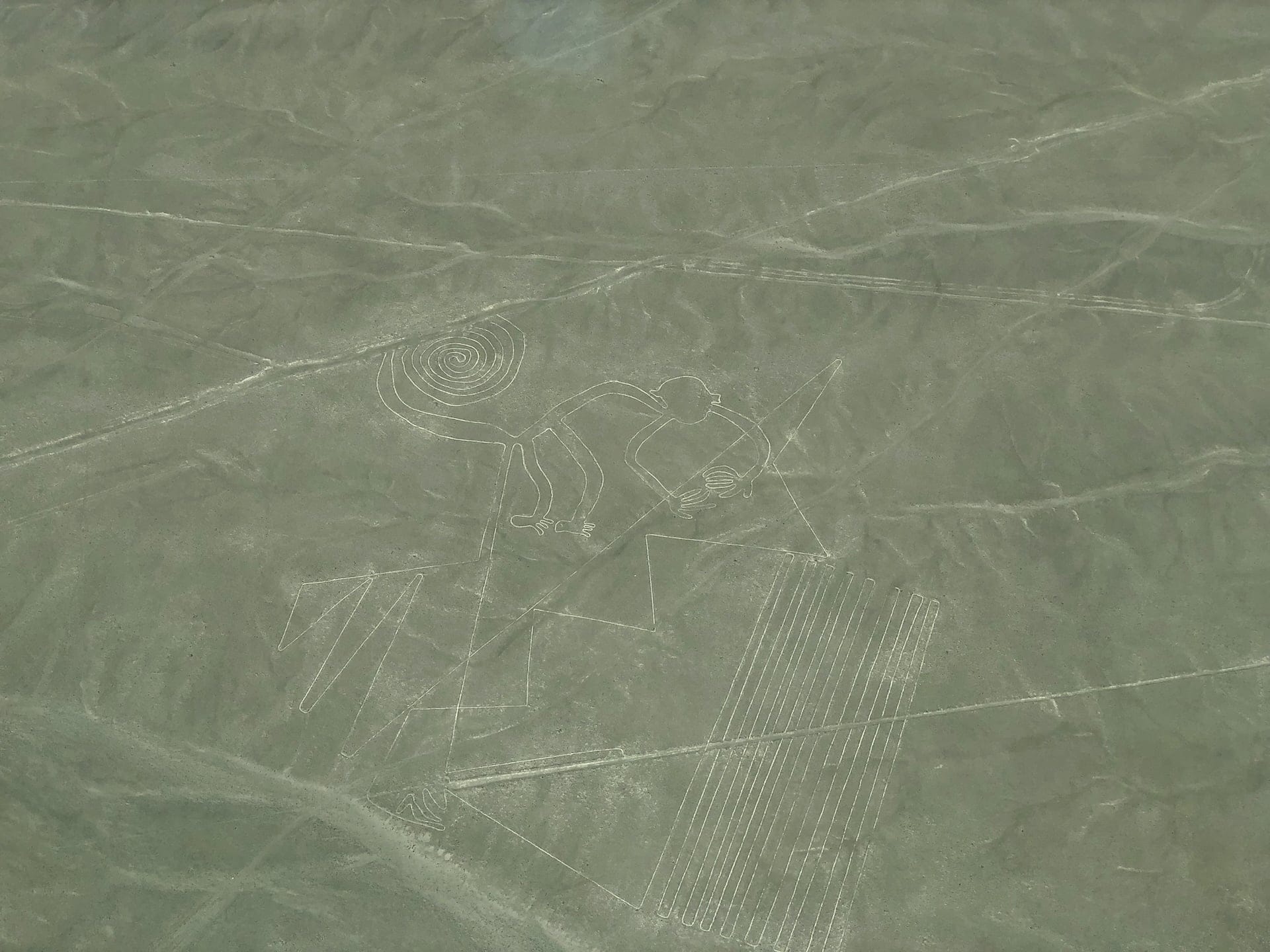
Days 6-8 – Arequipa and surrounding area
Our first longer stop was Arequipa. The city itself is very beautiful, but it’s also an excellent starting point for day trips such as the Colca Canyon, known for its Andean condors, or the Ruta Del Sillar quarries.
Day 9 – Puno
Puno is located on the shores of Lake Titicaca, at an elevation of more than 3,800 meters (12,470 ft). By this point, thanks to Arequipa, you should be somewhat accustomed to the altitude, but this was where I first really felt the symptoms of altitude sickness. A boat trip on the lake and visiting the Uros floating islands are absolute must-do activities here.
To combat altitude sickness in high-elevation cities like Puno and Cusco, drink coca tea (widely available in hotels and restaurants), stay hydrated, avoid alcohol, and take it easy for the first 24 hours. Pharmacies sell over-the-counter altitude sickness medication that can help with symptoms.
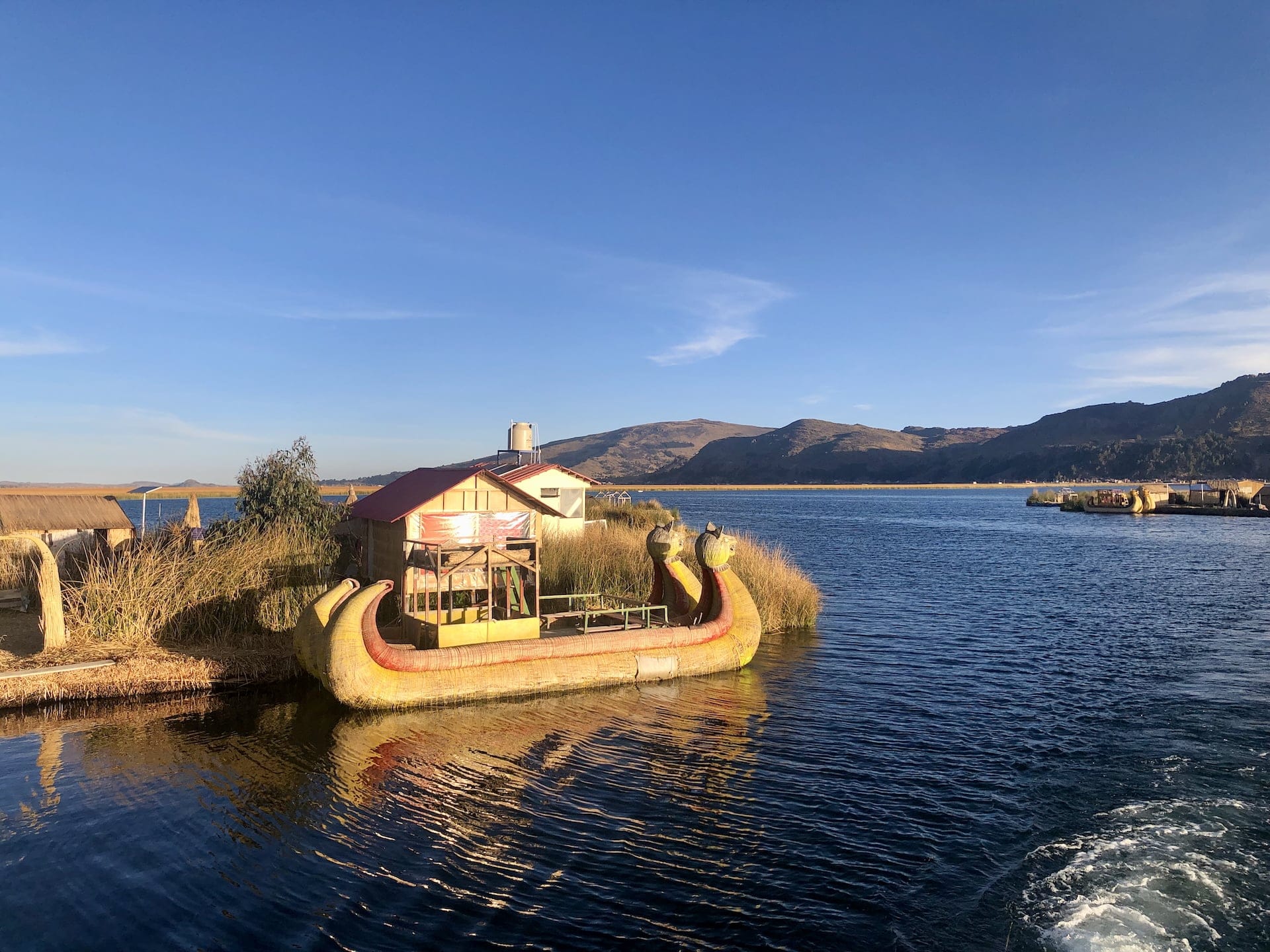
Days 10-14 – Cusco and surrounding area
Cusco was another longer stop and the highlight of our two-week journey. The city itself is full of Inca remnants and architecture – and the colonial section is also fascinating. Cusco was the starting point for our three most important day trips: the Sacred Valley of the Incas, climbing Rainbow Mountain (Vinicunca), and of course, visiting Machu Picchu. (Yes, we squeezed this last one into a very long day as well.)
Day 15 – Lima and travel home (or onward)
Finally, we flew from Cusco to Lima, and from there back to Europe – as Peru was unfortunately the last stop on our journey. But if you’re flying on to other South American countries, you can depart directly from Cusco, making this day optional.
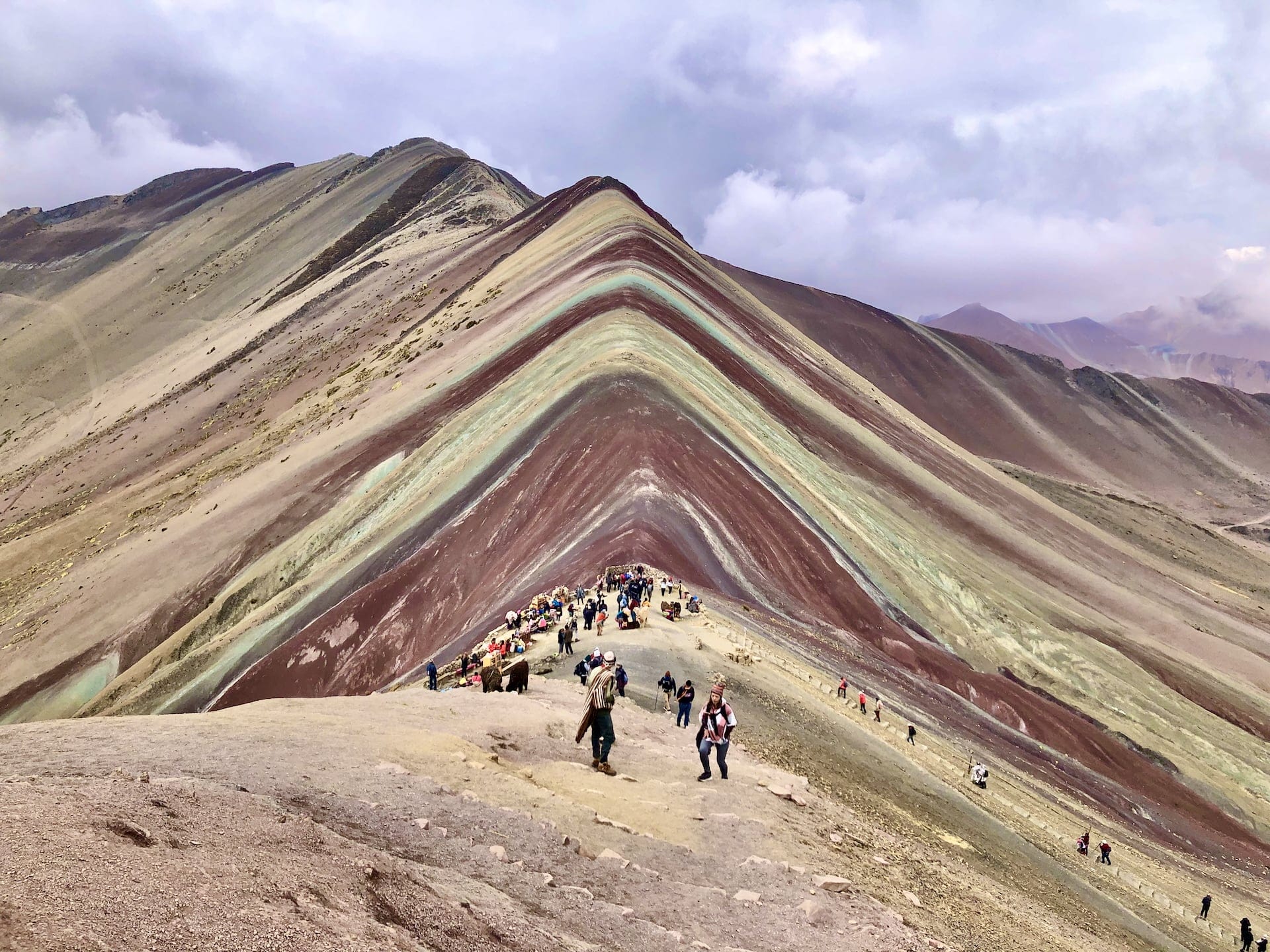
Final Thoughts – Customizing Your Peruvian Adventure
As you can see, our journey through southern Peru was indeed very rushed. We spent several nights on buses, or woke up around 2-3 AM after just a few hours of sleep to embark on long day trips. This was true for Colca Canyon and Rainbow Mountain, and naturally, the one-day Machu Picchu visit can’t be done any other way.
You could easily spend three weeks traveling this same route in this wonderful country – and we didn’t even visit the Amazon river basin area or tropical Peru. If you have even more time, it’s worth considering Bolivia as well. This makes even more sense since Peru Hop has routes that take you into this country, and they have a sister company called Bolivia Hop.
We’ll be back soon with detailed reports, guides, and tips for each destination. Until then, happy planning for your Peruvian adventure!
